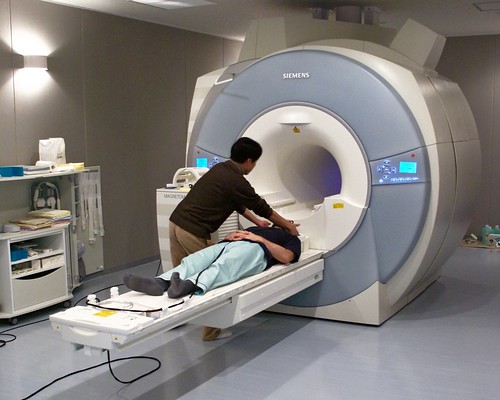It is not easy to research displacement behaviour - for a few reasons. The main one is that not many psychology departments or schools focus on it. This
is surprising when one considers that hairpulling, for example, may affect up to 13 per cent of the population (by some estimates). In regards to trichotillomania (aka hair pulling), another problem that I discovered all to well, is that it is hard to find hair pullers willing to come and be subjects of studies. In most cases hair pullers will not even go and see their regular doctor, let alone volunteer to take part in an experiment. People with trichotillomania may feel very ashamed of what they do and cover up bald patches with hats, wigs etc. But because hair pulling does not detrimentally affect their overall state of physical health and because the behaviour is pleasurable and may even lower ongoing stress, they don't report it. After all, why try to cure yourself of something that has clear benefits? One area of research I would have liked to engage in (and maybe will in the future) is to try and assess what those benefits to a hair puller actually are. For example, does pulling out hair lower stress (cortisol) levels? Does it lead to endorphin release into the bloodstream (painkiller)? My intention was to create a pain test to establish a person's pain threshold. This might be done simply, such as seeing how long a person can stand having an ice pack placed against their skin. Then the test would be done again to see if pain tolerance is higher after a bout of hair pulling. A mouth swab could aslo be used to check cortisol levels. A very simple experiment but unfortunately it was not performed. Other things I would have liked to examine include:
Do hair pullers prefer certain types of hairs over others? e.g. wiry, kinked or curly hairs over and above straight, smooth, fine ones.
Can hair pulling be affected by ensuring the head and neck remain in an erect position and so the head bowing that makes hair pulling possible can not take place?
I believe that simple experiment that focus on direct observations can me most useful and helpful. Of course, using an fMRI scanner to observe brain areas related to hair pulling is valuable too. But, and I might be wrong, the technology is not yet in place to do both together - undertake a scan of someone in the process of hair pulling! I think when that day comes some serious new data will emerge. Hopefully.

No comments:
Post a Comment
Please leave your comment below: